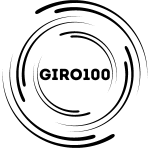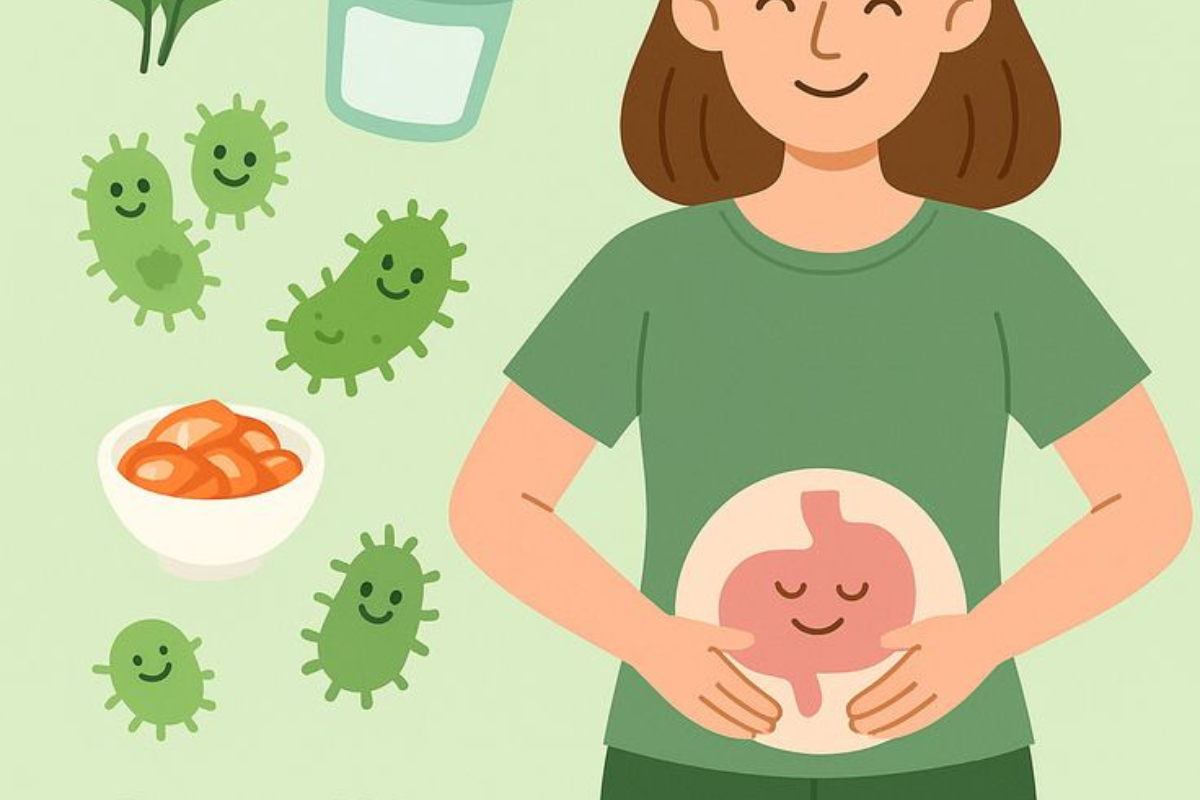Antibiotics are life-saving drugs. They effectively target and eliminate harmful bacteria responsible for serious infections. However, their primary function—being non-discriminatory microbial killers—is also their major drawback when it comes to digestive health. While antibiotics wipe out the bad guys, they also cause significant collateral damage, particularly to the gut microbiome—the vast, complex community of trillions of bacteria, fungi, and other microorganisms residing in your intestines.
This crucial microbial ecosystem dictates far more than just digestion; it influences your immune system, your mood (via the gut-brain axis), and the production of essential vitamins. When this delicate balance is disrupted, a state known as dysbiosis occurs.
The immediate consequences of antibiotic-induced dysbiosis often manifest as common side effects like diarrhea, bloating, and stomach cramps. The long-term risks, however, are more concerning, potentially leading to increased susceptibility to infections (like C. difficile), chronic digestive issues, and even allergies or autoimmune responses.
Fortunately, your gut is remarkably resilient. Restoring its balance is absolutely achievable, but it requires a focused, multi-pronged strategy rooted in proper nutrition and targeted supplementation. This comprehensive guide will walk you through the essential steps to heal your gut after antibiotic use, rebuilding a diverse and thriving microbiome.
Phase 1: Reintroduction and Replenishment (The Active Recovery)
The first phase focuses on immediately halting the microbial damage and beginning the process of reintroducing beneficial bacteria.
1. Timing Your Probiotics
The most critical mistake people make is not starting probiotics immediately. Probiotics are live, beneficial microorganisms designed to repopulate the gut.
- During Antibiotic Use: Take a high-quality probiotic supplement at least 2 to 3 hours apart from your antibiotic dose. This crucial separation minimizes the chance of the antibiotic destroying the newly introduced bacteria before they can pass through the stomach and reach the large intestine.
- After Antibiotic Use: Continue taking the probiotic supplement daily for a minimum of 4 to 8 weeks after you finish the antibiotic course. This post-treatment period is vital for proper gut restoration, as the native microbial populations need support while they attempt to recover their numbers.
Key Probiotic Strains: Look for supplements that contain a high CFU count (Colony Forming Units, ideally 20 billion CFUs or more) and a variety of strains, particularly those from the Lactobacillus and Bifidobacterium families, such as Lactobacillus rhamnosus GG (LGG) and Bifidobacterium lactis. These are among the most researched strains for mitigating antibiotic-associated diarrhea.
2. Embrace Spore-Based Probiotics
Consider incorporating spore-based probiotics (often Bacillus strains) into your regimen. Unlike traditional probiotics, these strains are encapsulated in a protective shell, allowing them to survive the harsh acidity of the stomach and the effects of antibiotics more effectively, making them excellent recovery agents. Consult with a healthcare professional before adding any new supplement.
3. Consume Fermented Foods Daily
While supplements provide targeted strains, fermented foods offer a wider diversity of microorganisms and are rich in nutrients.
- Yogurt and Kefir: Choose plain, unsweetened varieties that state “live active cultures” on the label. Kefir is particularly potent, often containing dozens of different bacterial and yeast strains.
- Sauerkraut and Kimchi: Ensure they are unpasteurized (refrigerated section) to guarantee the bacteria are alive. Start with small servings (1-2 tablespoons) with meals.
- Kombucha: A fermented tea that provides beneficial acids, but be mindful of high sugar content in many commercial brands.
Phase 2: Providing Fuel and Support (The Dietary Foundation)
Once you’ve introduced the good bacteria, the next step is providing them with the necessary fuel to thrive, a process driven by your dietary choices.
4. Load Up on Prebiotics (The Fertilizer)
Prebiotics are non-digestible fibers that act as food for the beneficial bacteria (probiotics). Think of prebiotics as the fertilizer that helps your newly introduced bacteria multiply and colonize the gut effectively.
Excellent sources of prebiotic fiber include:
- FOS (Fructans): Found in onions, garlic, leeks, asparagus, and bananas.
- Inulin: Found in chicory root, dandelion greens, and Jerusalem artichokes.
- Resistant Starch: Found in cooked and cooled potatoes, rice, and green (unripe) bananas. Cooling cooked starchy foods changes the molecular structure, making the starch “resistant” to digestion until it reaches the large intestine, where your bacteria feast on it.
Aim to include at least two sources of prebiotic-rich foods in your daily diet.
5. Prioritize High-Fiber, Whole Foods
A diverse diet rich in whole foods, vegetables, fruits, and whole grains is essential for overall gut health recovery.
- Plant Diversity: The single most important factor for a diverse microbiome is the diversity of plants in your diet. Aim for 30 or more different types of plants per week—counting herbs, spices, nuts, seeds, fruits, vegetables, and grains.
- Limit Inflammatory Foods: During the recovery phase, minimize intake of highly processed foods, excessive sugars, artificial sweeteners (which can negatively alter the gut flora), and excessive alcohol, all of which can promote inflammation and feed less desirable bacteria.
Phase 3: Repairing and Protecting the Gut Lining
Antibiotics and subsequent dysbiosis can sometimes weaken the integrity of the gut lining, leading to increased intestinal permeability (sometimes referred to as “leaky gut”). Repairing this barrier is crucial for long-term health and preventing systemic inflammation.
6. Incorporate Gut-Healing Nutrients
Specific nutrients provide the building blocks necessary to repair the damaged intestinal barrier:
- L-Glutamine: This amino acid is the primary fuel source for the cells lining the small intestine (enterocytes). Supplementing with L-Glutamine (often 5-10 grams per day) can directly support the repair of the intestinal wall.
- Bone Broth: Rich in collagen, gelatin, and various amino acids, bone broth is highly supportive of gut lining health. Sip it daily as a nourishing beverage or use it as a base for soups.
- Zinc: An essential mineral for immune function and the structural integrity of the gut lining. Food sources include oysters, red meat, and pumpkin seeds.
7. Manage Stress and Improve Sleep
The gut-brain axis means that stress and poor sleep directly impact your digestive system.
- Stress Management: Chronic stress releases cortisol, which can negatively impact the gut barrier function and alter microbial composition. Incorporate daily stress-reducing practices like mindful meditation, gentle yoga, or deep-breathing exercises.
- Sleep: Aim for 7-9 hours of quality sleep per night. During sleep, your body performs crucial repair functions, including restoring the gut lining. Prioritize a consistent bedtime routine.
How Long Does Gut Recovery Take?
This is the most common question, and the answer varies widely based on several factors, including the type and duration of antibiotic taken, the individual’s baseline health, and adherence to the recovery plan.
- Initial Recovery (Symptoms): Most people see a significant reduction in immediate digestive symptoms (like diarrhea or bloating) within 2 to 4 weeks of starting the recovery plan.
- Microbiome Recovery (Diversity): Restoring the full diversity and stability of the gut microbiome can take much longer—anywhere from 1 to 6 months, and sometimes even up to a year, particularly after multiple courses of antibiotics or high-dose treatments.
Consistency is paramount. Even after the initial recovery period, maintaining a gut-healthy lifestyle—rich in fiber, fermented foods, and minimal processed ingredients—is the key to ensuring long-term microbiome stability and overall wellness.
Summary of Your Gut Healing Action Plan
Healing your gut after antibiotic use is a commitment, but one that pays dividends in improved digestion, better immunity, and enhanced mental clarity.
| Phase | Action Item | Purpose | Duration |
| Phase 1: Replenish | High-Quality Probiotic | Reintroduce beneficial bacteria strains. | During and 4-8 weeks post-antibiotics. |
| Phase 1: Replenish | Fermented Foods | Provide broad microbial diversity and acids. | Daily, ongoing. |
| Phase 2: Fuel | Prebiotic Fibers | Feed the good bacteria to help them colonize. | Daily, ongoing. |
| Phase 2 & 3: Repair | Diverse Whole Foods | Promote microbial diversity and essential nutrient absorption. | Daily, ongoing. |
| Phase 3: Repair | L-Glutamine/Bone Broth | Provide key nutrients to heal the gut lining. | Minimum 4 weeks, or as needed. |
| Phase 3: Protect | Stress and Sleep Management | Reduce inflammation and support natural recovery. | Daily, ongoing. |
https://www.tinyhealth.com/blog/how-long-does-it-take-for-good-bacteria-to-restore-after-antibiotics

I’m Caroline Dhavernas, passionate about gut health and overall well-being. Through my journey, I’ve explored the profound connection between nutrition and digestive health, sharing insights to help others achieve balance and vitality. Let’s embark on a path to a healthier gut together!

